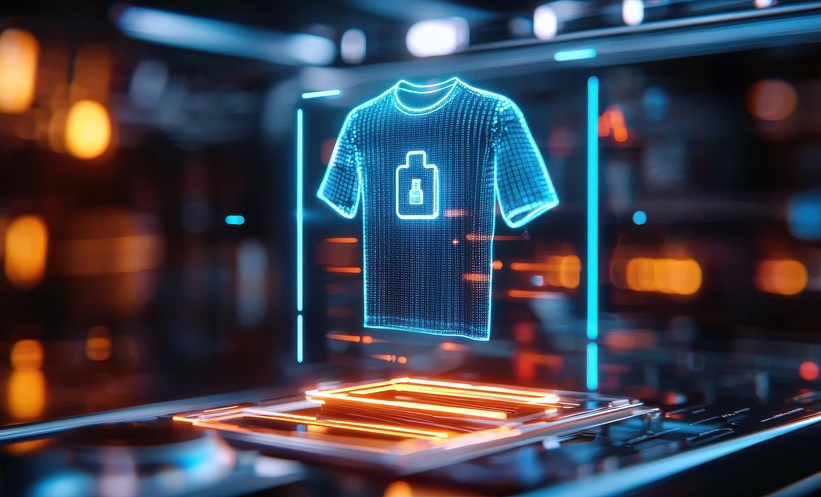INTRODUCTION
In the general preschool paediatric population, arrhythmias occur in 5% of individuals, with an increased incidence in adolescence.1 Treatment of rapid arrhythmias or tachyarrhythmias may include ablation of the cardiac structures.2,3 Catheter ablation is the possibility of producing an injury to the endocardium by administering energy through the catheter in a limited and controlled way to those parts of the cardiac tissue where tachycardias are initiated and/or maintained. It is performed through a catheter connected to an energy source, which is introduced through arterial or venous lines to the chambers of the heart.4 In recent years, different technological innovations have emerged, aimed at better understanding and identifying the substrate of arrhythmia, thus facilitating catheter navigation and reducing the need for fluoroscopy.5
OBJECTIVE
To describe the clinical characteristics of paediatric patients undergoing ablation with zero fluoroscopy in a paediatric hospital of the National Medical Center of the West (CMNO), Guadalajara, Mexico.
MATERIAL AND METHODS
In this descriptive and retrospective study, the clinical characteristics of 42 patients who were taken to arrhythmia ablation by zero fluoroscopy technique at the CMNO Mexican Institute of Social Security (IMSS) paediatric hospital over 4 years, from June 2019–May 2023, were analysed.
RESULTS
This study included a total of 42 patients (55% male), with a median age of 13 years (range: 4–17 years), and a median weight of 49 kg (standard deviation: ±19.5 kg). Of the arrhythmias treated, supraventricular tachycardia accounted for 97.6% of cases and ventricular arrhythmias for 2.4%. Of the supraventricular tachycardias, atrioventricular reentrant tachycardia accounted for 68.35%. There were 25 cases of Wolff-Parkinson-White syndrome, in which 28% (seven) were of the right lateral location, 24% (six) were right posteroseptal, 20% (five) left lateral, 12% (three) right anterolateral, 8% (two) right posterolateral, 4% (one) left posterolateral, and 4% (one) right oblique. Structural heart disease was present in 31% of the cases, the most frequent being Ebstein’s anomaly (41.7%). The immediate success rate was 97.3%, with recurrence in the first 3 months of follow-up (5.4%). A Kaplan-Meier curve was performed, showing a success rate of 77.3% at 12 months of follow-up. No statistical significance was found in patients with congenital heart disease and recurrence, p=0.698, and with Fisher’s exact test, p=0.530.
CONCLUSION
Ablation of cardiac arrhythmias in children under 18 years of age without the use of fluoroscopy is an effective procedure, obtaining an immediate success rate of 97.3% in patients; 77.3% of patients are free of recurrence 1 year after treatment. There was no statistical significance for patients with congenital heart disease who might have recurrence.






